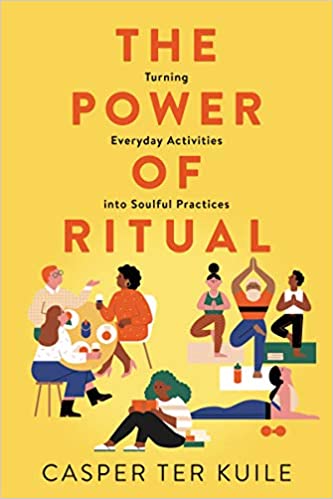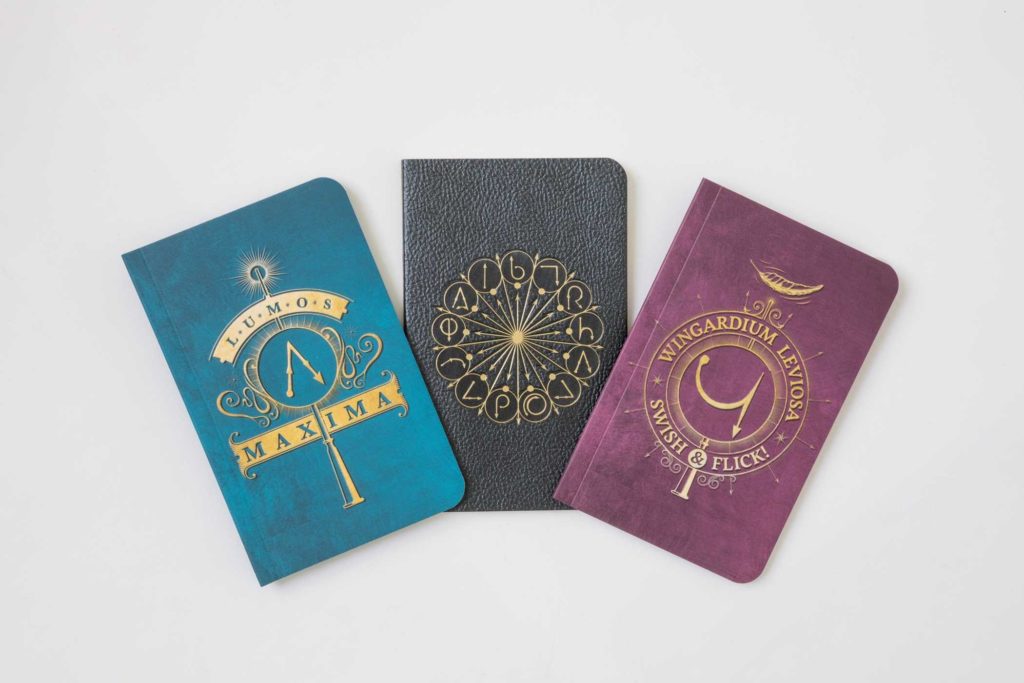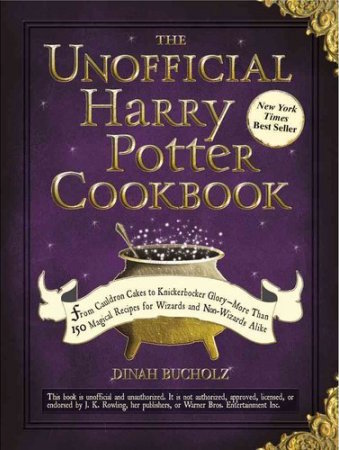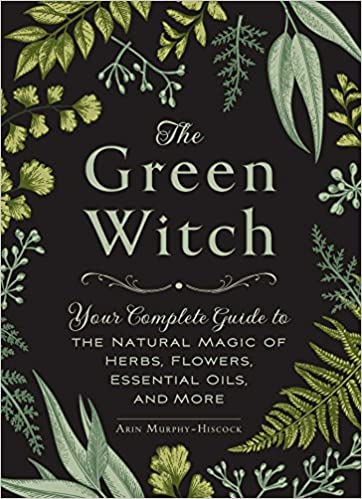“The Power of Ritual:” How to Connect with “Harry Potter” Fans and Create Sacred Practices
I love Harry Potter and the Sacred Text, so when Casper ter Kuile’s book The Power of Ritual: Turning Everyday Activities into Soulful Practices came out, my friends and I made a book club to incorporate sacred rituals into our lives. It’s been an ongoing and meaningful process, so I wanted to bring more Harry Potter fans into the conversation to think about how to connect their love of Harry Potter to their desire for rituals.
This article is going to be referencing details of the book, so if you haven’t already read it, you can find the book here:

Connecting with Self
All HPST listeners value sacred reading, and so, it seems, do the trio. We see this especially when Harry, Ron, Hermione, and Xenophilius analyze “The Tale of the Three Brothers.” Xenophilius encourages the friends to think more deeply about the story than they had at first, inciting a conversation about its value as both an informational source and a morality tale. Treating this story as more than a children’s book literally changes Harry’s life, leading him to search for the Deathly Hallows and ultimately teaching him to meet Death as a friend.
Even knowing the series so well, listening to sacred reading on the podcast always leads me down new paths. One practice that I hope to start is keeping a journal of sparklets that I find in the series. I may also connect this to my creativity sabbath and see if I’m inspired by the sparklets to write creatively.
If you’re looking for a Harry Potter-themed journal, I like the designs and the lightweight quality of this company:

Hogwarts is a natural tech sabbath whether the students like it or not. I started doing a tech sabbath a few months ago (much shorter than Casper’s), and I’ve found it extremely rejuvenating. I want to create a more clear transition between my work day and sabbath time however, and I liked Casper’s idea of lighting a candle when your sabbath starts.

Connecting with Others
At Hogwarts, community connection often revolves around eating together and shared physical activity. Quidditch allows Harry to feel both belonging and purpose from the first moment he learns how to fly, and the long House tables allow him to be seated by different people (or ghosts) every day.
During COVID times, it’s been difficult to connect with anyone. However, I’m inspired by stories of people who virtually cook the same meal together and eat it over Zoom. I love this idea, and I think it could be adapted for Harry Potter by cooking themed food together. One book I’d recommend is The Unofficial Harry Potter Cookbook. MuggleNet also has lots of recipes for food and even cocktails.

Exercise can be more difficult, especially as it gets colder, but Potterhead Running Club has done virtual events, and the money goes to support charity.
Connecting with Nature
The changing of the seasons is featured prominently throughout the series. I’ve always been jealous of Hogwarts students for having classes that teach about the natural world, like Herbology, Astronomy, and Care of Magical Creatures.
Living in the city, I find connecting with nature difficult, so I enjoy having a small garden on my balcony. As it gets colder, I like the idea of starting a little indoor garden as well.

If you’re more spiritual, try reading The Green Witch. Although I’m not super mystical, I like its idea of magic that comes from understanding and associating with the land around you. The book gives you recipes for teas, bath salts, and vinegars that you can make using natural ingredients from your garden. One quote in particular that reminded me of The Power of Ritual was “The everyday is sacred to the green witch” (24).

Connecting with the Transcendent
I’m still trying to figure out my relationship with the transcendent, so for guidance, I look to the text itself.
When I think of transcendence in the Harry Potter series, I think of the moment when Harry goes into the forest to die. He does exactly what Casper suggests: He accepts that death comes to us all, and he decides that – in this moment – he can honor life the most by meeting death. When I stress about the inevitability of death, this scene brings me peace.
Afterward, Harry has a moment of literal transcendence where his soul meets Dumbledore’s. This, however, is where my expectations are turned on their head. Dumbledore, not Harry, is the one engaging in the four types of prayer.
First is adoration. He says to Harry, “You wonderful boy. You brave, brave man” (DH 707).
Next, he shows contrition: “Can you forgive me?” he asks Harry (DH 713). He states his flaws bluntly, and when he veers into the territory of self-loathing, Harry puts his shortcomings into perspective by reminding him that his failures are human.
Dumbledore’s thanksgiving is hard won since he doesn’t realize the importance of family until he loses it. Afterward, rather than seeking more power, Dumbledore decides to stay at Hogwarts and shows gratitude that he is given a second chance to use his skills and right the wrongs he has caused.
Lastly, Dumbledore leads Harry in supplication. He says, “Do not pity the dead, Harry. Pity the living, and, above all, those who live without love” (DH 722). In essence, Dumbledore is helping Harry focus on who needs his love and attention. Although Harry can not help all of them, he can help some by going back.
What rituals have you started doing? Which ones are difficult for you? Please share in the comments.

